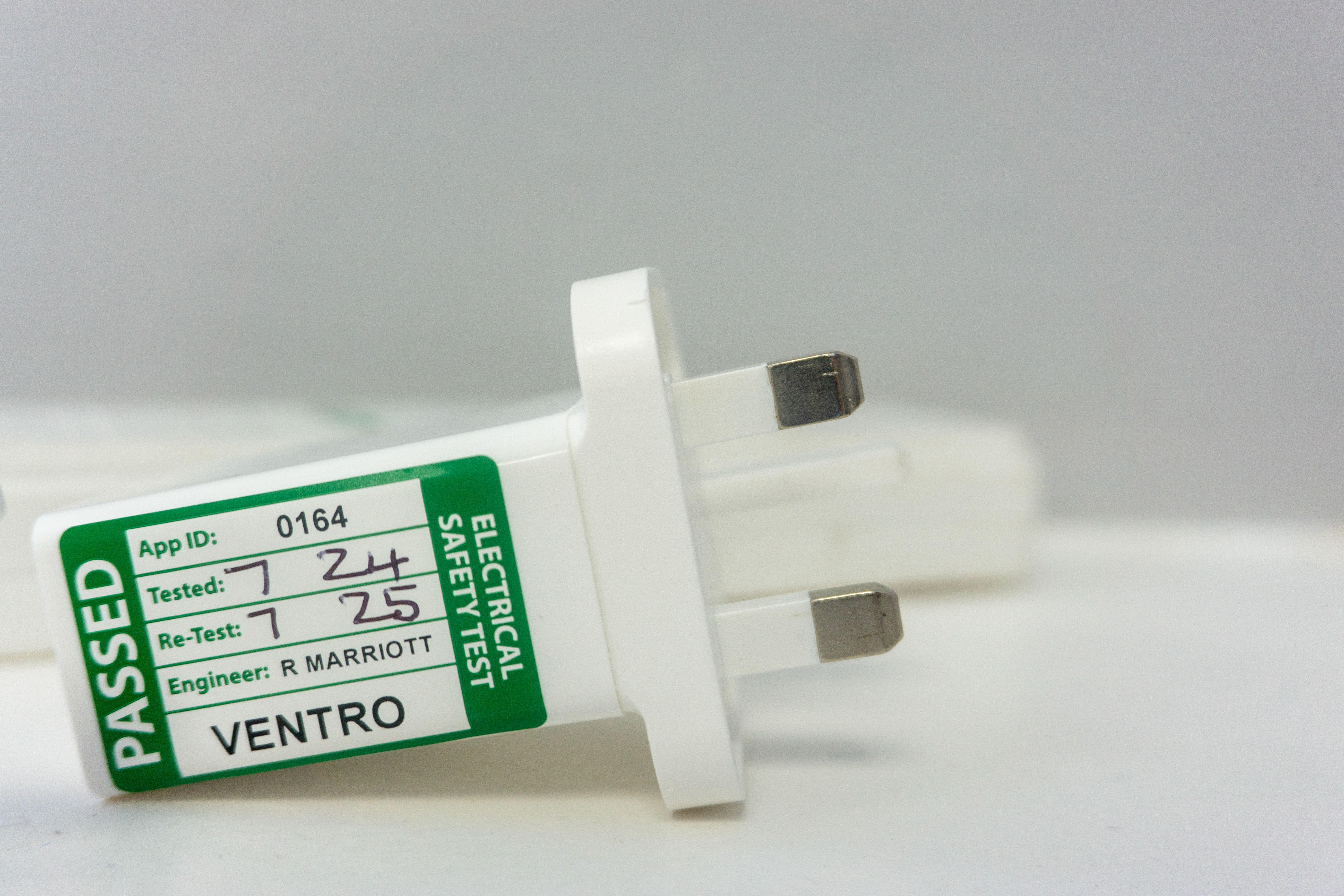What Social Housing Providers Need to Know about PAT Testing

From November 2025 for new tenancies, and May 2026 for existing ones, social housing landlords in England will face new legal obligations around electrical safety. Under updated regulations, landlords must undertake in service inspection and testing (ISIT) of electrical equipment supplied as part of a tenancy, more commonly known as PAT testing.
This change aligns the social housing sector with standards already applied to private rentals, ensuring tenants in all types of housing are equally protected from electrical faults or hazards. At Ventro, we’re helping housing providers prepare early so that compliance is achieved smoothly, safely, and with minimal disruption.
What the New Regulation Means
The updated regulations require landlords to carry out PAT testing on all electrical appliances they provide as part of a tenancy agreement. This includes items such as fridges, washing machines, microwaves, televisions, or vacuum cleaners, any appliance that remains in the property as part of the landlord’s responsibility. Personal appliances that tenants bring with them are excluded.
Testing will form part of the five yearly Electrical Installation Condition Report (EICR) cycle, with landlords needing to demonstrate that appliances have been tested and remain safe for use. The frequency of retesting will depend on a professional risk assessment by a competent person, but landlords must ensure that evidence of ISIT is up to date and available whenever electrical inspections take place.
Timescales and Key Deadlines
The implementation of these new requirements will take place in two stages. From November 2025, any new tenancy created will need to comply immediately with the new testing standards. Existing tenancies will follow in May 2026, by which point all social housing stock must have undergone compliant inspection and testing.
In addition, if during an electrical safety check an appliance is found to be unsafe, landlords will have 28 days to complete any remedial action and provide proof that the issue has been resolved. These deadlines make early preparation critical for housing providers with large property portfolios.
Who Holds Responsibility
Responsibility for PAT testing lies squarely with the landlord or registered provider. They must ensure that testing is completed by a competent, qualified person and that evidence of compliance is shared with tenants as required. It is also the landlord’s duty to arrange and fund any repairs or replacements identified during inspection.
For larger housing associations, managing this process across thousands of homes can be complex. That’s where clear processes, robust scheduling, and reliable documentation systems become essential, all areas Ventro supports through our compliance management services.

Preparation Checklist for Landlords
- Inventory all appliances supplied as part of your tenancies.
- Audit which ones have recent ISIT / PAT records and which don’t.
- Engage a competent electrician or testing provider NOW to schedule tests before the November 2025 (for new lets) or May 2026 (for existing).
- Budget for ongoing testing cycles every five years (or sooner if risk demands).
- Build Tenant Liaison Strategy notifying tenants of the new regs and documenting results.
How Ventro Can Support You
At Ventro, we work alongside housing providers to plan and deliver compliant electrical safety programmes. Our team can support you with risk assessments, scheduling, and documentation to ensure that every appliance supplied as part of a tenancy is properly tested and recorded. We also provide reporting tools that make it easy to evidence compliance and manage all remedial works efficiently.
As these new regulations approach, preparing early will not only ensure legal compliance but also strengthen tenant confidence in the safety of their homes.
If you’re ready to plan your PAT testing programme ahead of the new regulations, contact Ventro today to discuss how we can help your organisation stay safe, compliant, and prepared.






